
INSIDE THIS ISSUE
WALLIE ASKEW MEMORIAL SKILLS COMPETITION
AIRAH TO RELEASE NEW EDITION OF CRITICAL RESOURCE: DA09 AIR CONDITIONING LOAD ESTIMATION AND PSYCHROMETRICS
NEW HAZARDOUS SUBSTANCES SEPARATION DISTANCES CALCULATION TOOL
NEW LEARNING MODULES TO HELP BETTER UNDERSTAND H1 REQUIREMENTS IS AIR QUALITY HOLDING YOU BACK?
THE INVISIBLE ELEPHANT IN THE CLIMATE CHANGE ROOM
NOVEMBER 2022 irhace.org.nz
The Industry Journal for the New Zealand Refrigeration, Heating, Ventilation & Air Conditioning Industries
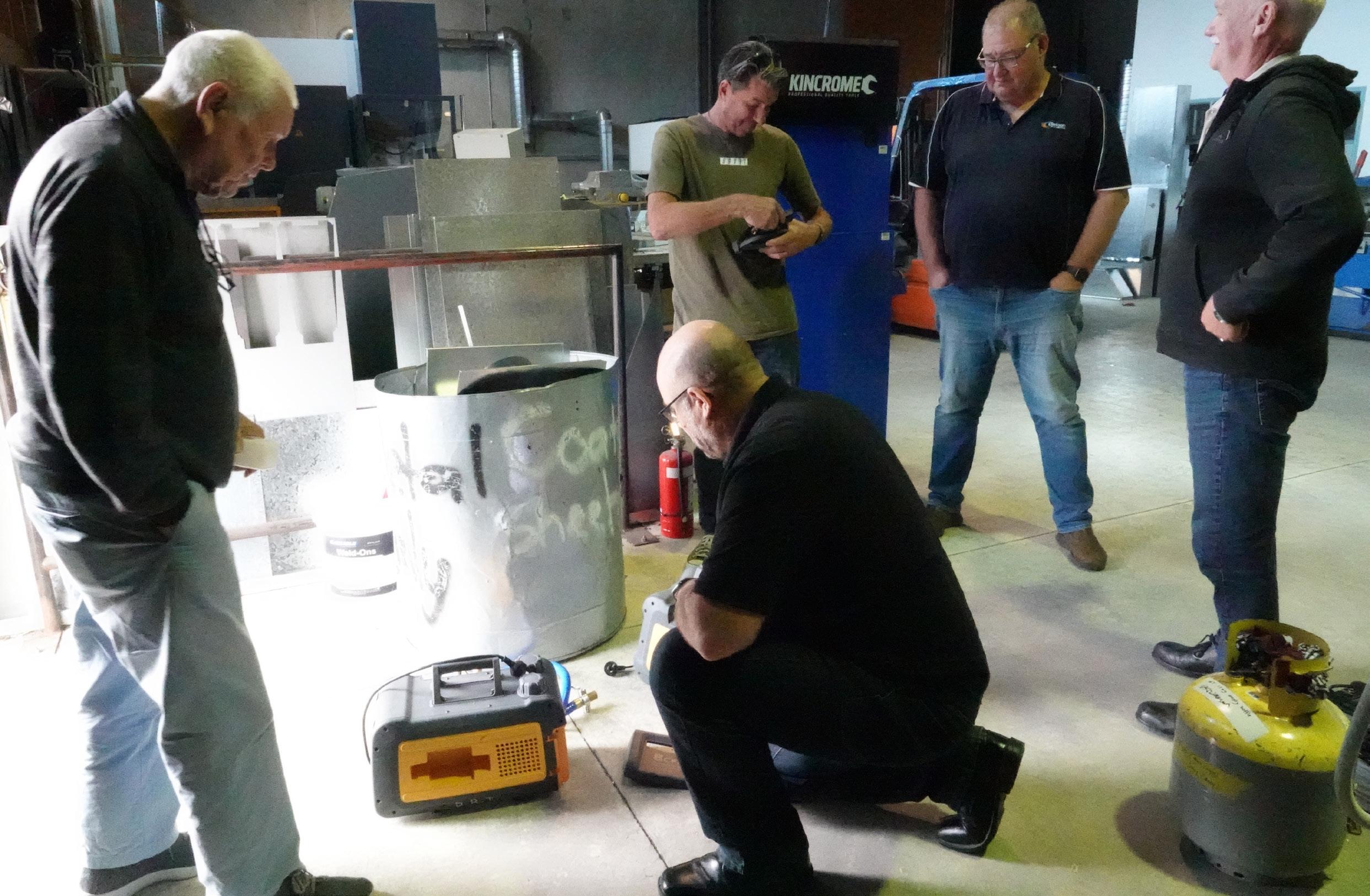


A1
Approved Filler
A2/A2L
Approved Filler
TODAY
REGISTER
MEMBER BENEFITS

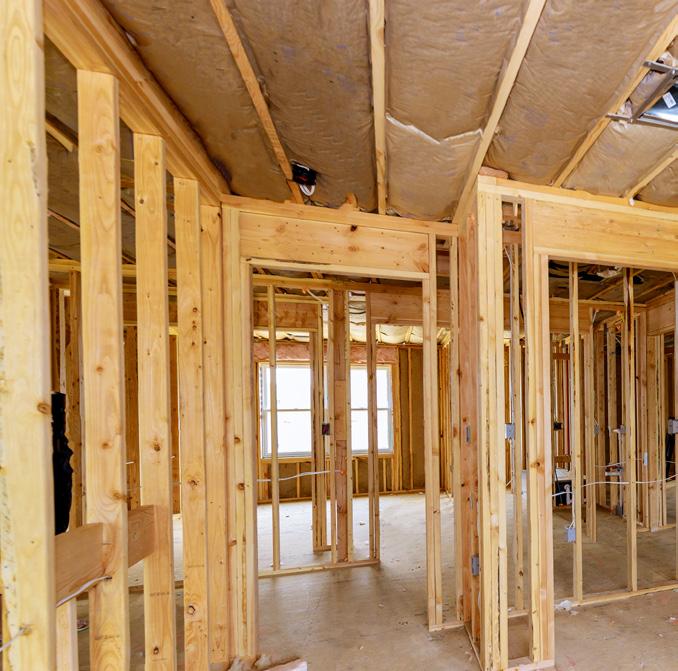



1 ISSUE: NOVEMBER 2022 INSIDE THIS ISSUE Airah To Release New Edition Of Critical Resource: DA09 Air Conditioning Load Estimation And Psychrometrics New Learning Modules To Help Better Understand H1 Requirements Is Air Quality Holding You Back? The Invisible Elephant in the Climate Change Room Calling for Verifiers 10 New Learning Modules To Help Better Understand H1 Requirements 18 11 7 10 11 14 18 Official Journal of the Institute of Refrigeration, Heating and Air Conditioning Engineers of New Zealand Inc (IRHACE), Climate Control Companies Association New Zealand (CCCANZ), and Refrigerant Licence New Zealand (RLNZ) The Industry Journal for the New Zealand Refrigeration, Heating, Ventilation & Air Conditioning Industries
PUBLISHER
IRHACE/CCCANZ/RLNZ IRHACE: www.irhace.org.nz CCCANZ: www.cccanz.org.nz RLNZ: www.rlnz.org.nz
EDITOR
HVAC&R Centre admin@irhace.org.nz
MEMBERSHIP admin@irhace.org.nz admin@cccanz.org.nz
REFRIGERANT LICENSING & COURSES admin@rlnz.org.nz
ADVERTISING admin@irhace.org.nz
DESIGN
Bellacreative Ltd
HVAC&R CENTRE
PO Box 217184 Botany Junction 2164 Auckland, New Zealand
e: admin@irhace.org.nz e: admin@cccanz.org.nz e: admin@rlnz.org.nz
No part of this journal may be printed in other publications without prior written permission of the Managing Editor.
Disclaimer: Statements expressed in this publication do not necessarily reflect the policies or views of the associations, and members of IRHACE or CCCANZ. The IRHACE Journal publishes both local and international articles. Standards and or practices may differ from current New Zealand standards and or practices used. No responsibility is accepted by the associations and editor for the accuracy of information or for errors or omissions. The IRHACE Journal is distributed to all the IRHACE and CCCANZ financial members.
ISSN 01148257
PHIL MOHAN
IRHACE PRESIDENT ELECT

Welcome everyone to the November issue of the IRHACE Industry Journal. I have been a M.IRHACE for 9 years and am the Managing Director of ACSL Group.
This month we feature two articles “Is Indoor Air Quality holding you back” and “Refrigerants – the invisible elephant in the climate change room.
The IRHACE Council is pleased to announce new dates for the Wallie Askew Memorial Workskills Competition – finals event. This is being held at Steelfort in Palmerston North on 25th to 26th November 2022. We acknowledge those volunteers and sponsors who stepped up to assist IRHACE in being able to run the finals competition for the Wallie Askew Memorial Cup.
RLNZ have been busy working in behind the scenes and are calling for verifiers for the Approved Fillers A1 and A2/A2L courses. It will be great to see all of New Zealand being able to provide practical assessments not only in the main centres but in rural areas too.
We welcome new Affiliate members to IRHACE with our technical collaboration with CCCANZ and we have several new M.IRHACE members. Our growth in membership is very pleasing and we encourage people to become a member so that your industry is represented by those in it with your interests at heart.
Finally, the Auckland Showgrounds injunction looks positive, and we expect to be able to announce our event framework from 2023 in the next issue.

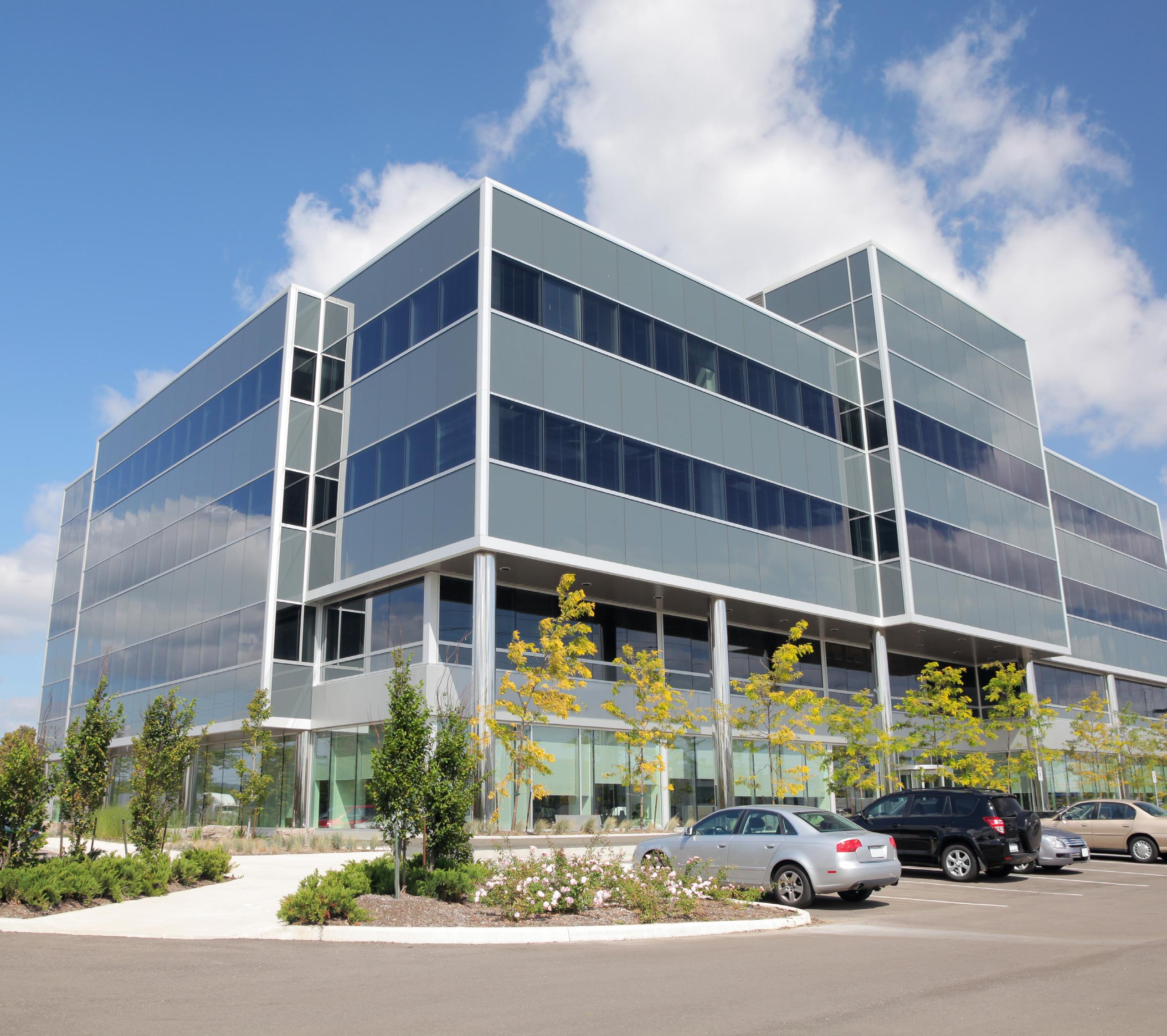
irhace.org.nz NOVEMBER 2022
From left: Matt Birch (RLNZ Chair) and Garrett Glynn (MIT) performing a practical assessment.

Fire Dampers you can rely on.

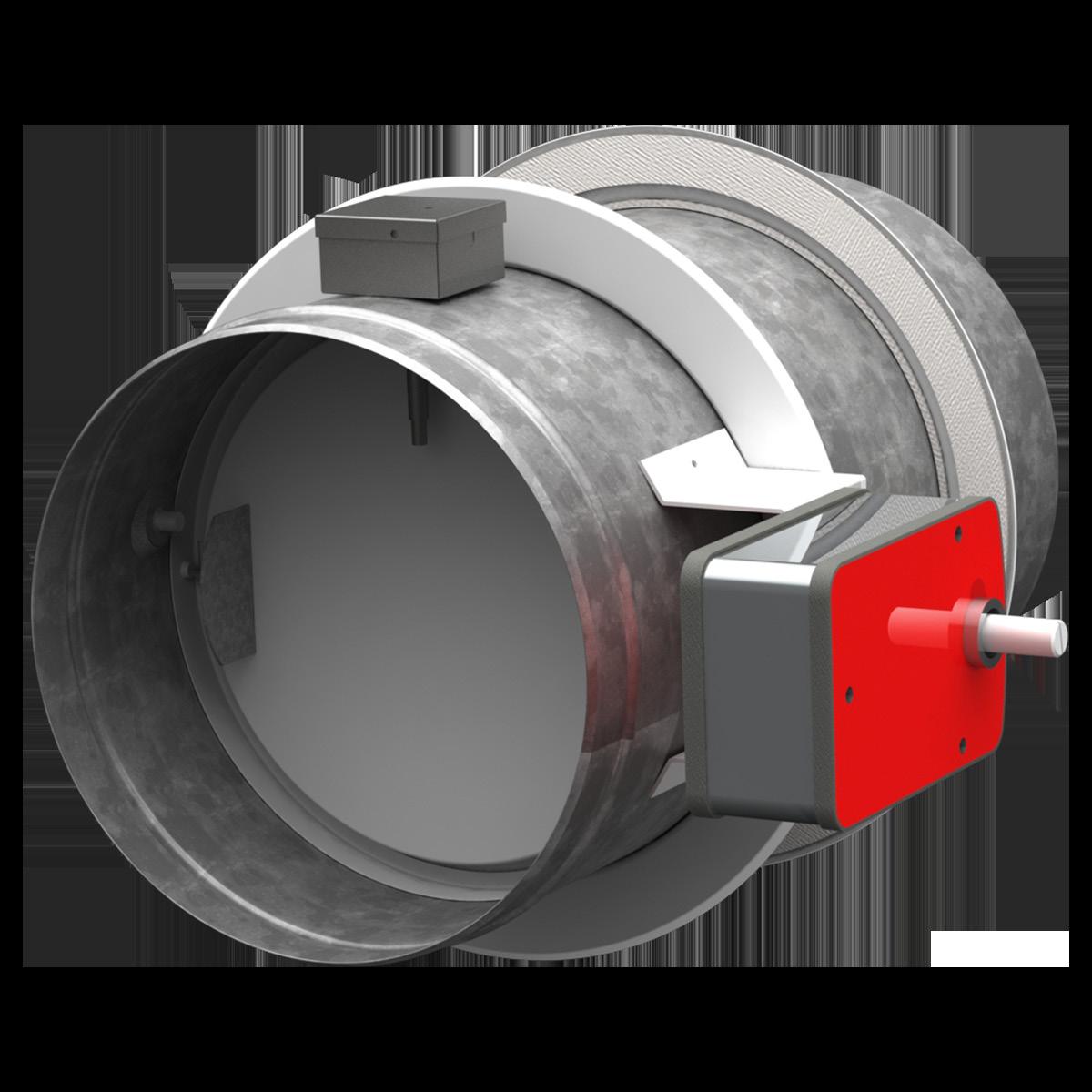
LR DAMPERS
Fully compliant with the latest testing standards AS 1530.4 - 2014 and AS 1530.7 - 2007, LR Fire, Fire-Smoke, Smoke (Exhaust) and Balancing Dampers are easy to install, with a swift turnaround time to meet market demand.
Available in seven diameters: 100 | 125 | 150 | 200 | 250 | 300 | 350 mm
CONTACT YOUR LOCAL HOLYOAKE BRANCH TO LEARN MORE ABOUT THE LR DAMPER SERIES
AUCKLAND
auckland@holyoake.com
+ 64 9 274-4144
WELLINGTON
wellington@holyoake.com
+ 64 4 232-2722
CHRISTCHURCH
christchurch@holyoake.com
+ 64 3 366-6545
3


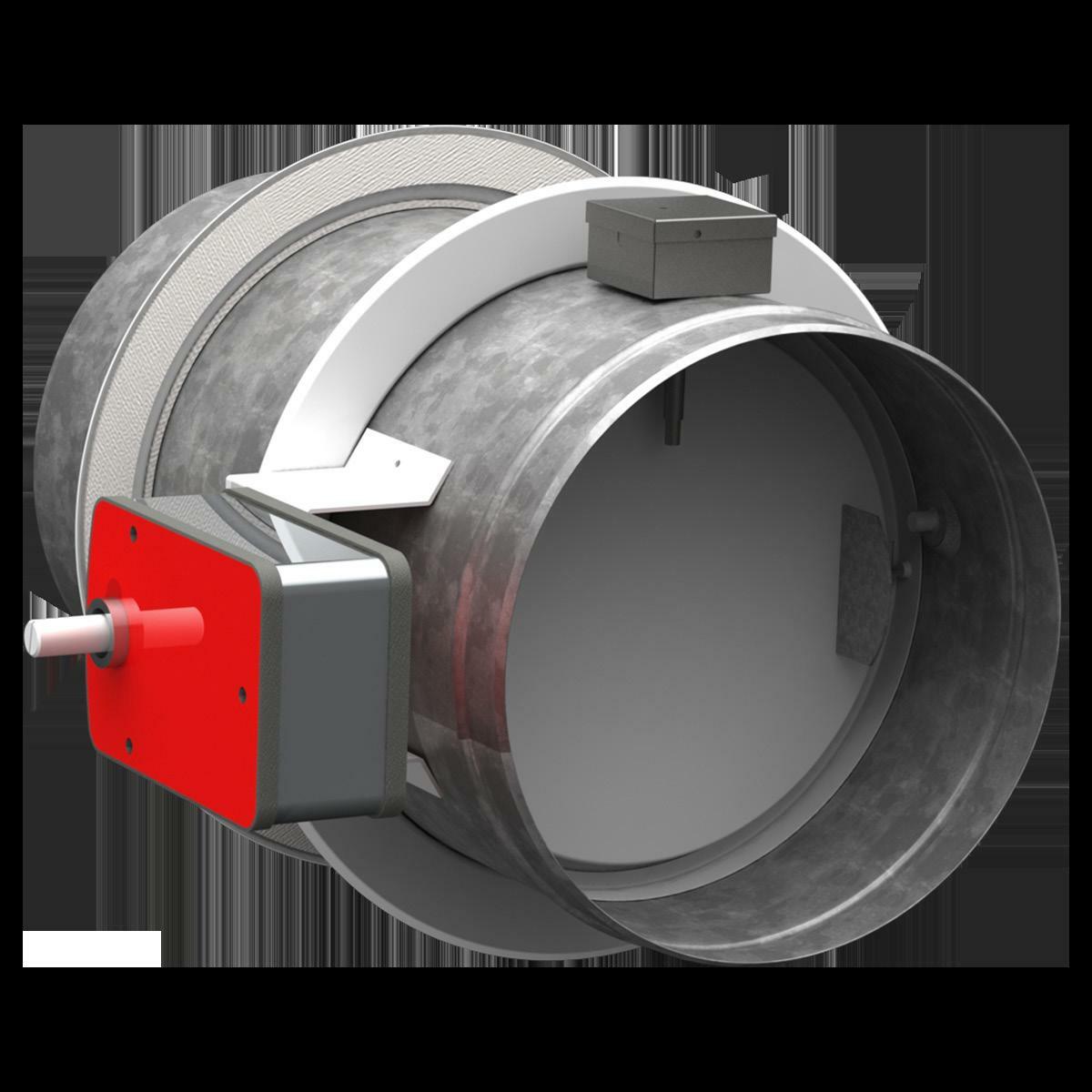
irhace.org.nz NOVEMBER 2022 The Fire Damper that meets the latest testing standards. LR Damper Series AS 1530.4 - 2014 and AS 1530.7 - 2007 compliant

LR
FIRE / FIRE AND SMOKE / SMOKE AND BALANCING DAMPER
Fully compliant with the latest testing standards AS 1530.4 - 2014 and AS 1530.7 - 2007, LR Fire, Fire-Smoke, Smoke (Exhaust) and Balancing Dampers are easy to install, maintain, and test with a swift turnaround time to meet market demand.
The LR Damper is designed to impede the spread of fire and smoke between building compartments while maintaining the barrier’s integrity.
The low-leakage damper blade assembly with blade-tip sealing ring forms a solid barrier against flames, smoke, and hot gases. Leakage performance is guaranteed by our stringent quality-control process conducted on each damper.
A patented clamping system ensures minimal onsite labour, with no sealant and no fixings required. Only a flat head screwdriver is required for the quick and simple installation of the LR Damper.
The unit comes complete with mounting flanges, jubilee clip, and the patented heat shield which is supplied for plasterboard applications.
FEATURES:
• Fire integrity rated for up to 4 hours with smoke leakage below 50l/s.
• Adjustable blade for airflow balancing.
• Easy test and reset fusible link.
• Simple installation with flat head screwdriver utilising patented clamping system.
• No sealant or fixings required.
• Minimal onsite labour.
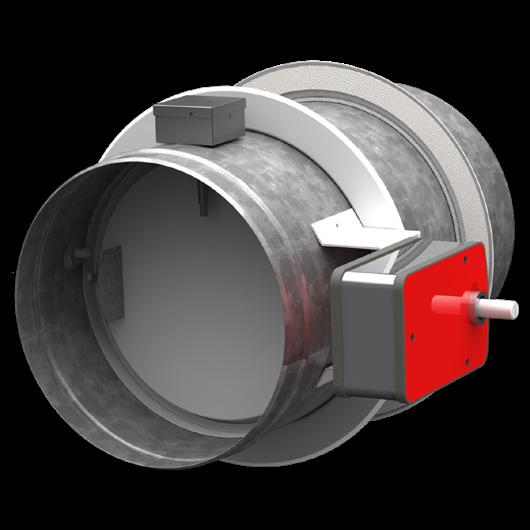
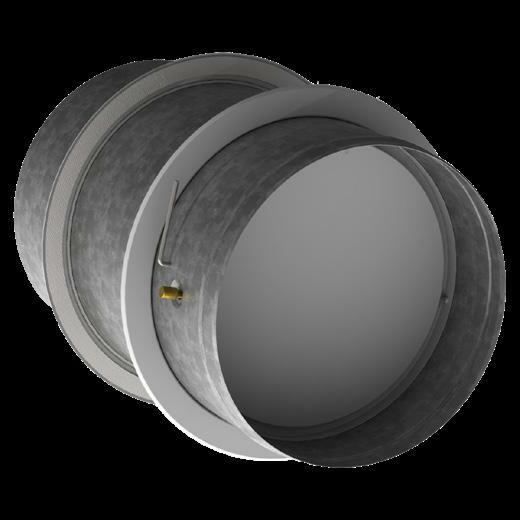
5
The
Series is available in seven diameters to suit every project: 100 | 125 | 150 | 200 | 250 | 300 | 350
LR Damper
TO LEARN MORE ABOUT LR DAMPER SERIES CONTACT US TODAY! VISIT US AT: www.holyoake.com
AIRAH CEO TONY GLEESON TO STEP DOWN
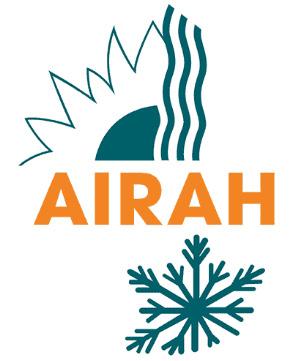
The Australian Institute of Refrigeration, Air Conditioning and Heating (AIRAH) has announced its CEO Tony Gleeson, M.AIRAH, will be stepping down in early 2023.
Appointed to the position of CEO in 2016, Gleeson’s major achievements include the expansion and digitisation of AIRAH’s knowledge assets such as the Design Application (DA) manual series, successful advocacy for the compulsory registration of engineers, promoting women in STEM, establishing AIRAH’s membership of Standards Australia, establishing and chairing the $18M Innovation Hub for Affordable Heating and Cooling (i-Hub), and being a leading voice on indoor air quality, particularly during the pandemic period.
AIRAH’s President Paul Jackson, F.AIRAH, thanked Gleeson for his leadership and commitment to AIRAH’s members and the HVAC&R sector during very challenging times. Jackson says Gleeson’s considerable experience and futurefocused vision have delivered outstanding outcomes for the organisation and for the broader community working in the built environment.
“Tony is leaving AIRAH in a position of great strength, after working closely with the board to set a bold, ambitious agenda for strategic transformation, and for personally leading investment in employee culture and experience,” Jackson says.
“Although the board and his team will miss him enormously, we know Tony will continue to be a part of AIRAH’s community and a leading voice across all facets of the profession. In the near term, Tony will play a key role in ensuring a smooth handover and onboarding process for the new CEO. This is a great opportunity for a new leader to contribute to creating an Australian HVAC&R industry that is highly skilled and professional, safe, sustainable and environmentally effective,” Jackson says.
AIRAH will now begin the process of recruiting a new Chief Executive Officer.

irhace.org.nz NOVEMBER 2022
AIRAH RELEASES NEW EDITION OF CRITICAL RESOURCE: DA09 AIR CONDITIONING LOAD ESTIMATION AND PSYCHROMETRICS
AIRAH has released the fourth edition of DA09 Air Conditioning Load Estimation and Psychrometrics, with the official release date set for October 27.
Used to help estimate air conditioning peak loads and partial loads in any given space, DA09 is a fundamental component of AIRAH’s technical manual offering.
“Releasing the fourth edition of DA09 Air Conditioning Load Estimation and Psychrometrics is a significant achievement,” says AIRAH CEO Tony Gleeson, M.AIRAH. “Air conditioning plays an essential role in our comfort, health, and productivity. It touches every aspect of our lives. In order to correctly size equipment, peak loads and partial loads for any given space must be known.
“But because it’s not possible to physically measure these loads, they must be estimated. And it is for this purpose that the data and methodology contained in DA09 have been compiled.”
DA09 editor Vince Aherne, F.AIRAH, says DA09 explores the topic of building heating and cooling load estimation in minute detail. Explanations are provided for the psychrometrics of the fundamental air conditioning processes, which are needed to design systems that will provide specified indoor design conditions for a defined range of occupancies and climate profiles.
“Air conditioning load estimation is all about predicting and quantifying the peak heating and cooling loads for a building and facility,” Aherne says. “An accurate load estimation is the first and most critical step in the design and construction supply chain for an air conditioning system. It affects equipment selection, system size and design. It is critical for system functionality, future service satisfaction and energy performance.
“Sometimes more art than science, load estimation aligns the demands of climate, building form and building function with the health, comfort and productivity of the occupants or the process.”
DA09 provides a range of information and design data that can be used in any load estimation calculation.
“The topic of building heating and cooling load estimation is explored in detail in this manual, and the psychrometrics of the fundamental air conditioning processes, which are needed to design systems that will provide specified indoor design conditions for a defined range of occupancies and climate profiles, are explained,” Aherne says.
“Although this is a load-estimation and not an air conditioning design manual, it does draw strong connections between the choices a building/system designer – or load estimator – makes and the magnitude of the cooling and heating loads.”
DA09 covers heat and moisture flow through building elements, solar and transmission loads, internal heat gains from people, lights and equipment, quantifying infiltration and outdoor ventilation impacts, and quantifying system effects. The manual also explains air conditioning process psychrometrics including plotting air states and interpreting psychrometric data for air conditioning system design, selection, and operation criteria.
DA09 is also a source of data and default values for the estimation of internal and external loads on an air conditioning system.
“This application manual is the most comprehensive technical resource available for Australian air conditioning load estimation,” Gleeson says. “It is a must-read reference for anyone interested in the design, selection, installation, operation, maintenance and assessment of buildings or comfort systems, anywhere in Australia.”
The fourth edition of DA09 was digitally released on Thursday, October 27. Hard copies are also now available.
AIRAH members receive exclusive digital access to a wide selection of AIRAH’s technical resources as part of their membership. For more information on AIRAH’s suite of DA Manuals, go to airah.org.au/damanuals
7

The Annual General Meeting was held on Wednesday 5th October 2022 and was attended by Malcolm Miller, Chair CCCANZ and Gina McMaster, Executive Officer CCCANZ.
CCCANZ is a member of NZSTCF, and they are active in the following areas:
• Construction Industry Council (CIC)
• Construction Sector Accord (CSA)
• Building Research Advisory Council (BRAC)
• Construction Health and Safety New Zealand
• Standards NZ Conditions of Contract
• Standard Subcontract Conditions
• BIM Acceleration Committee
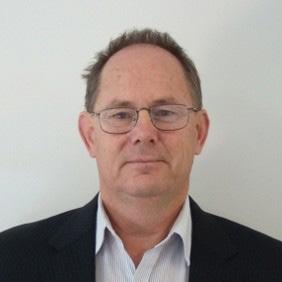
In the past year NZSTCF has been representing the interests of members and the construction industry to government and other authorities on several work streams including:
• Construction Contracts Retention Money Bill
• Fair Pay Agreements Submission
• Review of Building Consent System
• Immigration reset
• Emissions Reduction Plan
• NZS3910 Review and update
• Bizrate
NZSTCF provides a vehicle for industry to benefit from the sharing of ideas and experiences of a group of disparate trade associations, advocating as the combined voice of specialist trades and subcontractors in construction.
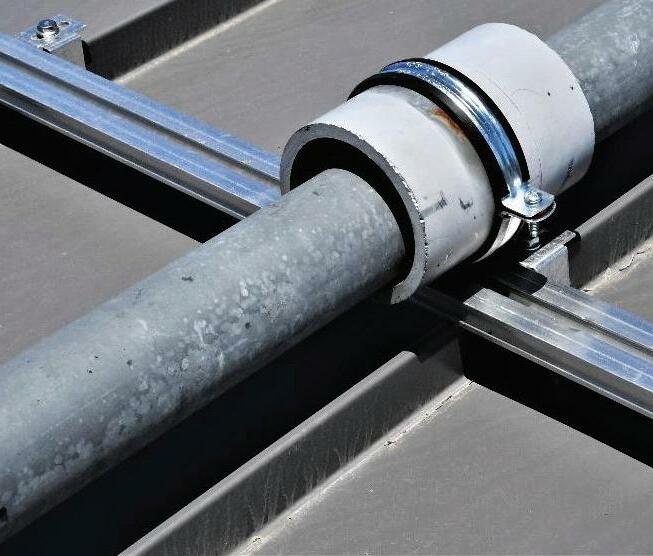


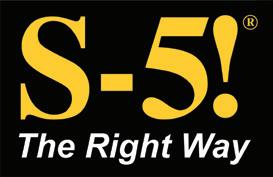
www.S-5.com | +64 21 211 0050 CanDuit™ • Fits all S-5! clamps & brackets • Compatible with GRIPPERFIX® • Available in 14 sizes • EPDM liner pad prevents abrasion • Easy installation Restrain, secure and support piping on metal roofing
Grant Price (M.IRHACE), President Report NZSTCF
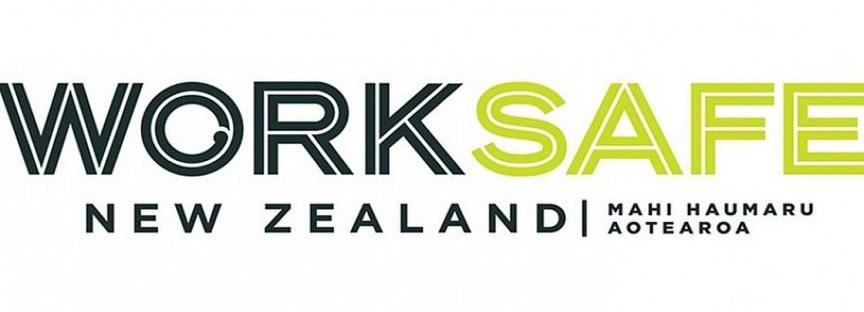
NEW HAZARDOUS SUBSTANCES
SEPARATION DISTANCES
CALCULATION TOOL
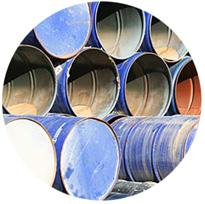
Worksafe have developed a tool to help businesses calculate the separation distances required for the hazardous substances they use, manufacture or store.
This tool is based on the Health and Safety at Work (Hazardous Substances) Regulations 2017, which requires some hazardous substances to be separated from protected and public places by distances, based on the hazard classification of the substance, the quantity on site and the nature of the site.


SEE THE CALCULATION TOOL
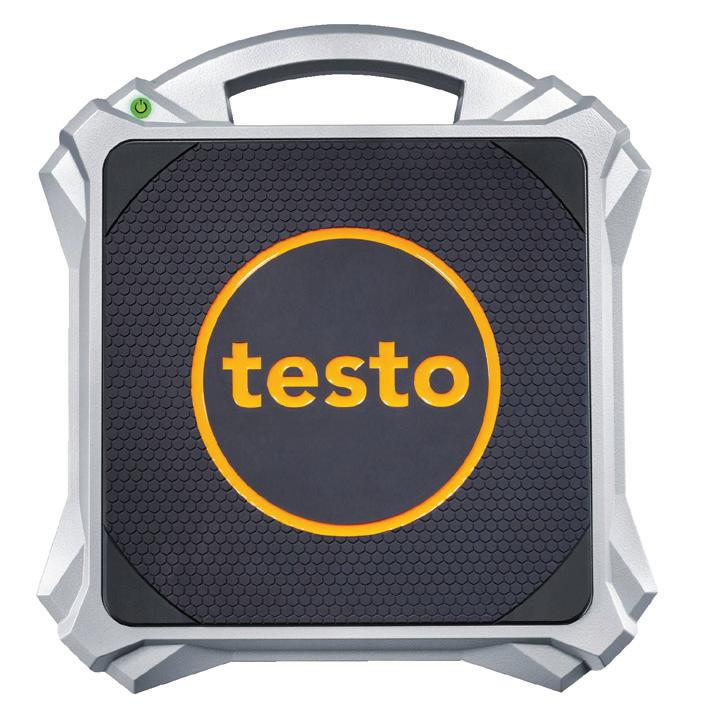
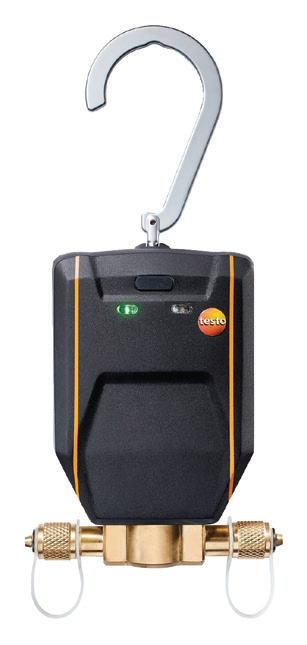
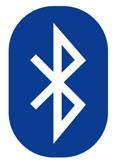

The new Testo 560i Digital Refrigerant Scale with Intelligent Valve revolutionizes the charging of refrigeration systems & heat pumps
Automatic and precise refrigerant charging according to target superheat, subcooling and weight thanks to intelligent valve.
Compatible with digital manifolds Testo 557s, 550s, 550i, 557, 550 as well as the Testo 115i, 549i, and 605i Smart Probes.
Wireless Connection and operation with Testo manifolds and Testo Smart App via Bluetooth® 5.0 .

9
Contact Eurotec today for more information
09 579 1990 www.eurotec.co.nz sales@eurotec.co.nz Refrigerant measurement technology NEW
Available now from Eurotec Ltd

BUILDING PERFORMANCE HELPS YOU UNDERSTAND YOUR RIGHTS AND RESPONSIBILITIES IN NEW ZEALAND’S BUILDING SECTOR.

NEW LEARNING MODULES TO HELP BETTER UNDERSTAND H1 REQUIREMENTS
New learning modules are now available to help people better understand new roof, window, wall, and underfloor insulation requirements on the Building Performance learning centre.
In November 2021 MBIE announced the biggest energy efficiency changes to the Building Code in over a decade which aim to reduce energy needed for heating residential homes by approximately 40%.
These changes were formalised in the updated versions of Acceptable Solutions H1/AS1 and AS2 and Verification Methods H1/VM1, VM2 and VM3 which were published on the Building Performance website on 4 August 2022.
To help people understand the updated requirements, the Building Performance team have created two new learning modules covering insulation, energy efficiency and climate zones.
• Module 1 is aimed at homeowners and the general public. It helps you understand why insulation is important in buildings to increase energy efficiency and the benefits of installing better insulation. It explains how to identify the climate zones that different parts of the country fall into and the background to the new requirements for houses that will apply from May next year.
• Module 2 teaches you about the different compliance pathways for the Building Code’s energy efficiency requirements, including how to choose the appropriate Acceptable Solution or Verification Method for your building. It covers how to choose the compliance pathway for housing and other building uses.
H1 energy efficiency and insulation training modules - learning.building.govt.nz
Further modules are coming later this year which will provide a more in-depth look at the 3 different compliance pathways (the Schedule method, Calculation method and Modelling method) and when these can be used.
They will also provide a series of questions based on an example building that will walk the user through the H1 compliance documents for housing and small buildings, and large buildings, before explaining how to use the different methods to comply with H1 Energy Efficiency.
Find more building system learning modules at learning.building.govt.nz
irhace.org.nz NOVEMBER 2022

IS AIR QUALITY HOLDING YOU BACK?
Article by Lance Jimmieson (M.IRHACE), Jackson Engineering
How Indoor Air Quality impacts fit-for-purpose environments
Every building has a purpose. It also has a set of factors that affect whether it meets that purpose. For example, a school that is fit for purpose encourages mental alertness in students and teachers. A hospital needs to be clean and comfortable. A data centre requires stable temperature and humidity levels.
Across all buildings, one of the most vital factors often overlooked is Indoor Air Quality. IAQ has a significant impact on indoor environments, impacting on occupant wellbeing and how well the building delivers on its purpose.
The impact on wellbeing
Let’s look first at occupant wellbeing. Between home, work or study, and other shared environments such as supermarkets and cafes, people typically spend 70-90% of their time indoors. It can be even higher for infants, the elderly and the chronically ill. That means IAQ affects us all daily.
If IAQ is poor, it can impact people on varying levels. Nuisance and discomfort complaints are the more obvious signs, typically triggered from being too hot or too cold or from sitting in a draft. These typically result in calls to service companies to make adjustments to temperatures or airflows to remedy the issues – with varying degrees of success…
However, some issues are less obvious, with significant but more subtle impacts, such as complaints of stuffiness. Complaints of this nature usually indicate a lack of fresh (outdoor) air required for ventilation purposes and will impact a person’s cognitive abilities.
When we’re in an indoor environment designed for work or study, we rely on our cognitive abilities to think, focus, be creative and mentally process information. But all of our cognitive skills suffer if indoor air quality is poor due to a lack of ventilation. Our attention span is reduced, our memory function is reduced and our ability to use logic and reasoning are impaired. Poor IAQ can even reduce our ability to process the information we hear or read, reducing comprehension, as well as reducing our creativity levels so valued by many organisations.
If indoor air quality is allowed to fall even further, it can impact on health, triggering headaches, dizziness, fatigue, skin or eye irritations and respiratory difficulties. In more extreme situations it can even lead to Sick Building Syndrome, where poor IAQ triggers these kinds of symptoms in a significant number of occupants whenever they spend time in the building.
Often the source of these building related illnesses are hard to pinpoint. It could be a specific indoor air contaminant or pollutant. But because it usually can’t be seen, it will often be left unremedied.
Of course, the potential build-up and spread of biological contaminants such as viruses and bacteria have been of particular concern over the past couple of years.
11
The cost of poor IAQ
While the impact of IAQ is felt directly by occupants, it has a flow on effect on the building’s purpose. Over a building’s life cycle, the impact of poor IAQ becomes a significant and very real cost.
Research from the American Society of Heating, Refrigerating and Air-Conditioning Engineers has estimated that it can cause a 2-16% decrease in productivity and increased absenteeism in commercial buildings. In schools, it can lower test performance by 20% and in hospitals, it can delay discharges, which has wide ranging impacts on the efficiency and cost of healthcare.
This shows that occupant wellbeing is not just a ‘nice to have’ — it’s essential to a productive environment and a healthy, fully-functioning building.
The current standards for IAQ
Current applicable standards for New Zealand workplaces (as for most placed around the world) prescribe minimum rates of outside air ventilation to provide acceptable levels of indoor air quality. The underlying assumption is that by delivering the prescribed rate of outside air into a building, based on full occupancy, everything will be fine. But this is rarely verified in the real world and does not take into account variability of use.
Occupancy levels can impact on both building operational costs and IAQ. When occupancy is low, buildings will typically be over-ventilated – good for occupants health, but adding unnecessarily to the building running costs. When occupancy rates are high, buildings may be under-ventilated, reducing the IAQ below required standards and effectively lowering the overall productivity levels of the occupants. The traditional ‘set and hope’ approach to air quality simply ends up being costly and counterproductive.
A better approach, but by no means perfect, is Demand Controlled Ventilation. This is where CO2 levels are measured in one or more locations throughout the building and outdoor air ventilation rates are increased or reduced to maintain CO2 levels under an acceptable level. As it is difficult and expensive to measure oxygen levels directly, CO2 is used as a surrogate measure for a corresponding reduction in oxygen levels, which is what our bodies are really reacting to.
However, the trick is to get the oxygen rich outdoor air to the right places — typically meeting rooms, breakout rooms or function spaces have disproportionately higher occupancy rates compared to standard office spaces, so this is where we see the most significant impact of low oxygen levels – depicted by reporting high CO2 levels.
An interesting phenomenon is the apparent ability of the body to rapidly adjust or readily accept poor indoor air quality. Have you ever walked into a crowded meeting room or function that has been running for some time and have been taken aback by the stale smell within the room? While the lack of ventilation is patently obvious to someone moving from a fresh environment into a stale environment, it is much less obvious to those within the room. This means that IAQ has a somewhat stealth characteristic, sneaking up on people over time. This is a fundamental reason why we need sensors and controls to continuously monitor and adjust systems to maintain acceptable indoor air quality.

The new conversation we need
As our understanding of IAQ issues increases, and the impact it has on occupant wellbeing and building lifecycle costs becomes more apparent, we need to shift the conversation on from minimum standards and instead aim for something better. Great IAQ should be the new benchmark.
That prompts more questions. What does ‘great’ look like, and how can we know it has been achieved? How do we reassure building occupants that their environment is as safe and healthy as possible? Through measurement, adjustment and demonstration.
Measuring what matters
The most influential parameters we can measure are those that relate to comfort and health.
The basic measures of comfort are Dry Bulb Temperature (air temperature) and relative humidity. In a typical air conditioned building, temperature measurements are only ever correct at the point of measurement, and relative humidity is invariably low and uncontrolled. Drafts and air movement also impact comfort and are almost never measured.
More useful to measure is Mean Radiant Temperature, which takes into account the surface temperatures of our surroundings, such as cold glass or floors warmed by direct sunlight. This is what our bodies really feel, and has a more significant impact on comfort. Daylighting is also important — natural light is important for our general feelings of wellbeing and meets our biophilic drive to be connected to nature.
Out of these measures, Dry Bulb Temperature is the only one consistently measured and regulated. Relative humidity is usually only measured when specific needs demand it, such as in a data centre. Drafts and Mean Radiant Temperature are almost never measured in the field, and daylighting is rarely measured unless intelligent lighting controls are installed. To truly measure comfort, we need to take all of these indicators into account.
When it comes to measuring health, monitoring CO2 levels is an easy way to improve IAQ. By aiming for a target maximum of around 800 PPM (depending on the situational ambient CO2 levels), it’s possible to minimise the impairments to productivity and learning ability in workplaces and schools.
There are other, less obvious measurements that should also be considered. Total Volatile Organic Compounds (TVOC) are emitted as gases from common building products and, at increased levels, can have a negative impact on occupant health. If a building has interior car parking, carbon monoxide levels should also be monitored as high levels can cause fatigue, headaches, confusion, and dizziness.
Natural occurring particles such as pollen, droplets, mould spores and pathogens can cause health issues and can be tested for with air and surface swabbing. An unusual but increasingly recognised risk in some counties is radon, a radioactive gas that is a major cause of lung cancer. It results from the breakdown of naturally occurring traces of uranium in the ground and can accumulate in basements in particular. Fortunately, New Zealand does not have this issue.
Of all of these, only carbon monoxide measuring is mandated. CO2 is now commonly measured in most new buildings, but monitoring is rarely retrofitted into existing buildings. TVOC’s are sometimes monitored instead of CO2 but it’s rare for both to be monitored together. And monitoring of natural particulates, or air and surface swabbing are almost unheard of in New Zealand.
How to make use of the data
A lack of measurements and reporting is contributing to poor results in terms of comfort, health and wellbeing within our buildings. But if the goal is great IAQ, so we can have healthier buildings and occupants, measurement alone is not enough. There needs to be real-time system adjustments or operational procedural changes in response to the data that has been gathered. To get meaningful engagement from stakeholders, changes need visibility. For example, a dashboard that tracks monitored results and shows progress towards a building’s ideal targets gives everyone usable information and motivation to make positive changes.
The opposing forces of energy and health
There is one significant complication for building owners and managers when it comes to actively improving IAQ to improve health and comfort. It usually requires an increase in energy consumption. This has an economic impact and is at odds with attempts to lower carbon emissions and improve sustainability.
The tension exists because low energy consumption relies, among other things, on minimising outside air when it is not suitable. For example, the temperature of outside air in mid-winter or mid-summer needs more energy to regulate it. On the flip side, building health benefits from maximising the use of outside air for ventilation purposes.
13
Modern heating, air conditioning and ventilation systems could for instance be programmed for either an ‘Energy Bias’ or a ‘Health Bias’ depending on the prevailing environment. The challenge is finding a happy medium that balances health and energy consumption imperatives and delivers great IAQ results.
Changing the way we think
To improve IAQ in a scalable way, and allow our buildings to meet their purpose well, requires a shift in mindset. It is relatively simple; but it takes a commitment to making changes and sticking with them.
The steps are simple. First we need to measure what we are trying to manage. Then we need to automate responses to that data, in real time, so action happens quickly and effectively. This can be achieved most easily via a Building Management System.
The next step is to record and publicly share the results, ideally using a recognised measurement and certification system. This helps to create an environment of accountability and compliance, where IAQ is valued by building owners, managers and occupants.
Ultimately, it comes down to priorities. Over the past decade, Green building standards have made significant progress. However in many countries, including New Zealand, strategies to enhance human health in buildings have not advanced at the same pace. If organisations are serious about making their people their first priority, improving IAQ needs to be on their radar, and they need to understand its importance within a business-focused framework — it’s about achieving the balance between productivity, wellbeing and energy consumption.
Education is needed to improve awareness and understanding of IAQ. The Environmental Protection Department in Hong Kong introduced their voluntary IAQ Certification Scheme in 2000., updating the scheme in 2019. Their approach is inclusive and is aiming to educate from an early age with an interactive, kid friendly version available. It’s a smart, sustainable and long sighted approach.
Certifications also help embed awareness and compliance. There are various building health and wellbeing certification programmes who have made their platforms available internationally.
The COVID-19 pandemic has put a spotlight on worker wellbeing in shared environments. For facility managers, IAQ is no longer a niche conversation — it’s central to creating fit-for-purpose buildings. Air quality shouldn’t hold back your efforts to do better for business, for people and for the planet.
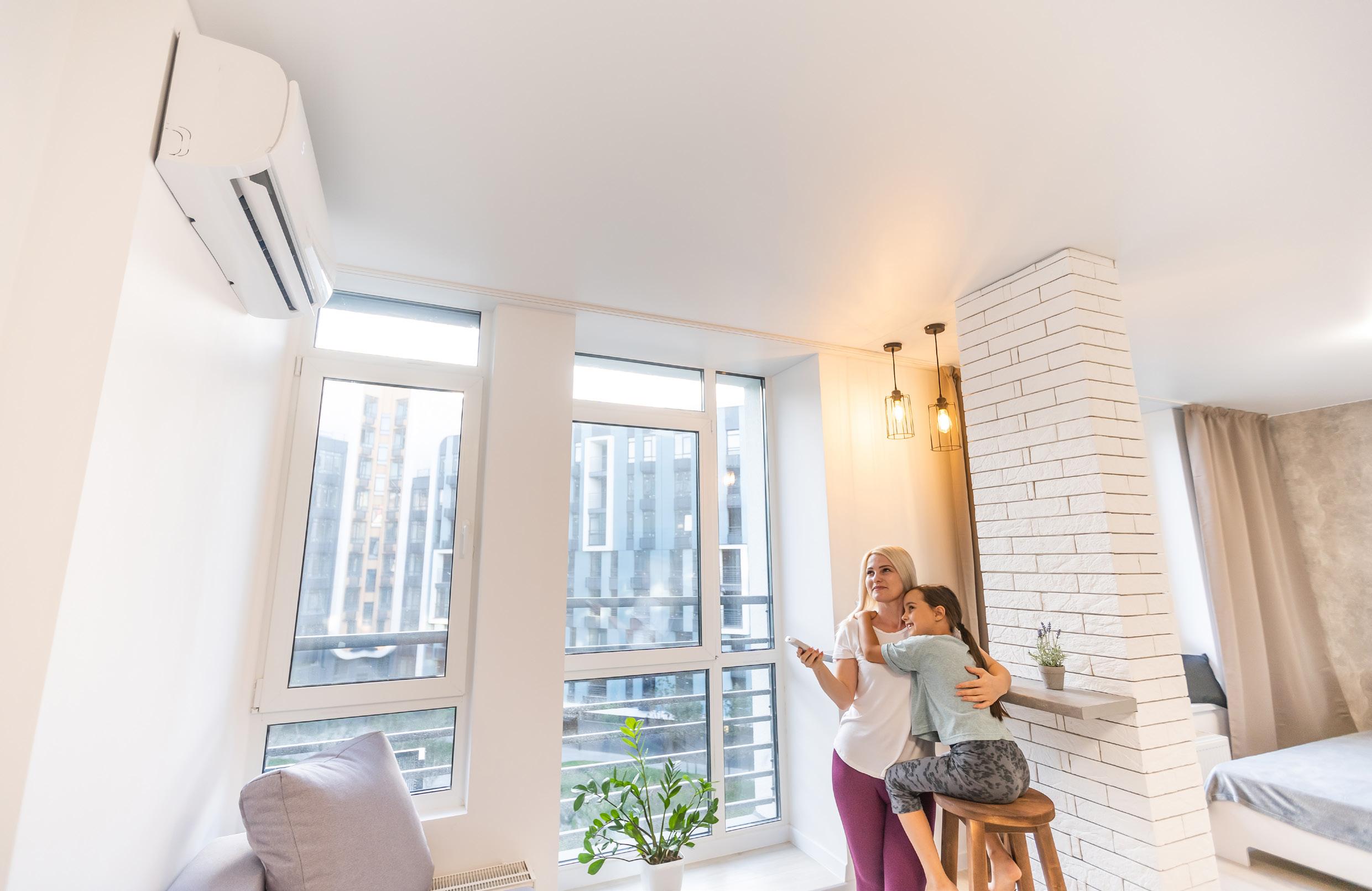

WALLIE ASKEW
Wallie Askew served as President of NZIRACE from 1974 -1982 and was awarded Life Membership for his achievements during this service. The Wallie Askew Memorial Workskills Competition was established by IRHACE in 1999 on the tenth anniversary of the tragic deaths of Wallie and his wife Betty in a traffic accident. Wallie was a strong supporter of the HVAC&R industry, the Institute, and apprentice training.
WALLIE ASKEW MEMORIAL
WORKSKILLS COMPETITION
FINAL COMPETITION
25th - 26th November
Steelfort
500 Rangitikei Street
Milson
Palmerston North
5 COMPETITORS FROM ACROSS NEW ZEALAND
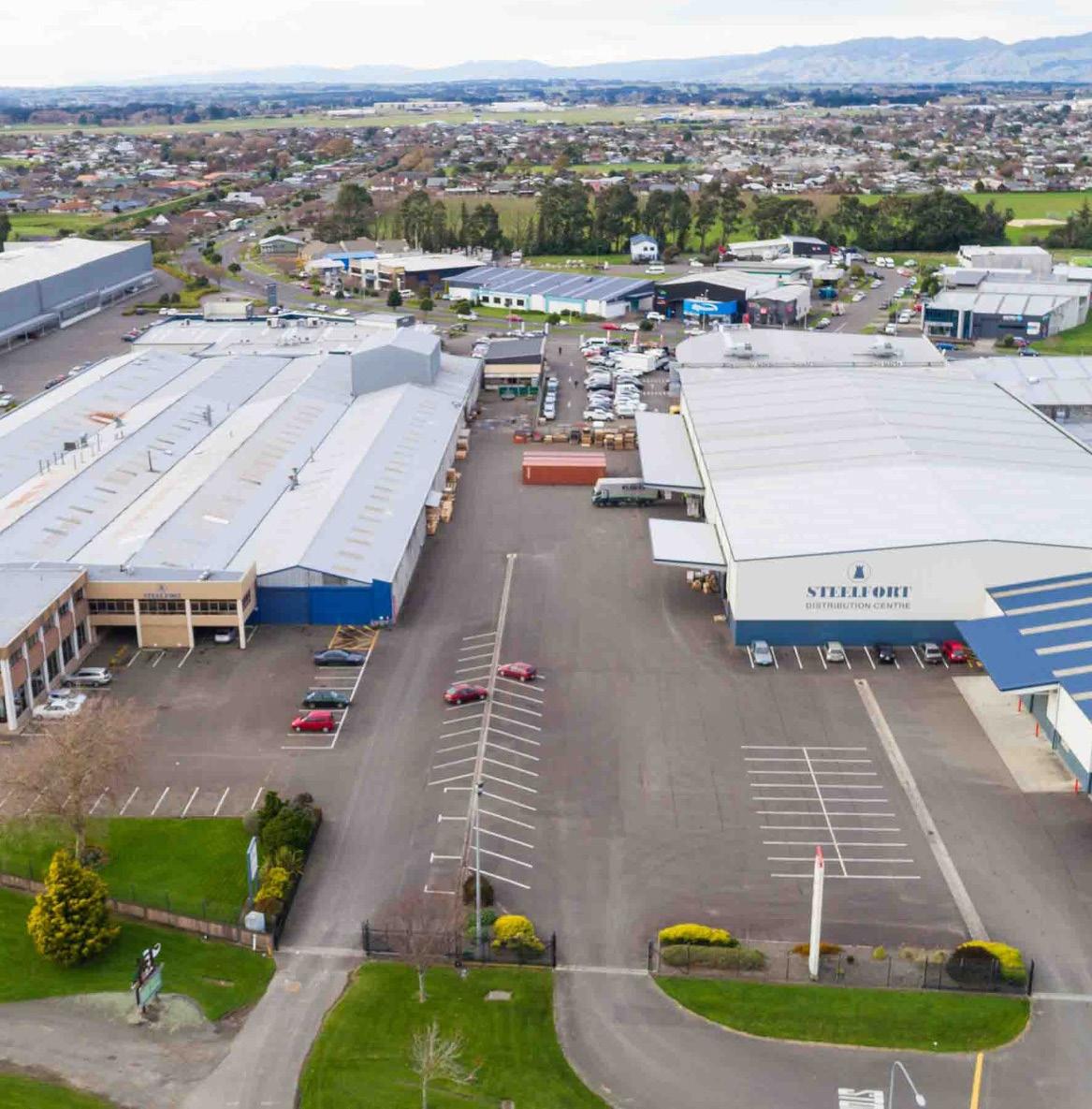
Blake Wilkins, Perfect Air
Cameron Wilson-Meek, Benmax
Jacob Newton, Aquaheat
Nicholas Lyttle, GB Teat Ltd
Wessel Bakker, Piersons Air Conditioning
Special thanks to all the sponsors for their support

Special thanks to John Jenkins, Steelfort for the venue and hosting the finals competition
15
THE INVISIBLE ELEPHANT IN THE CLIMATE CHANGE ROOM!
Important climate change information for major users of heating, ventilation, air conditioning and refrigeration (HVAC&R) equipment
The blockchain R&D work was triggered by the MOU between SmartTrade and Climate Control Companies Association of New Zealand (CCCANZ) to research emerging technologies that have the potential to benefit the HVAC&R industry and is now supported by the industry organisations that collectively represent the bulk of our industry.
In October 2019, the government announced it was going to regulate six priority waste products for which the relevant industry would have to implement a Priority Waste Product Scheme. F-gases are one of the six priority waste products.
There is an existing voluntary stewardship scheme calling itself “Recovery”, it only addresses refrigerant end-of-life recovery and destruction historically achieving an estimated 5% recovery rate
The industry organisations collectively represent the bulk of the HVAC&R industry, and we believe the current scheme fails the government’s expectation that the product stewardship is end-to-end. To that end we are now making our own Product Stewardship Scheme (PSS) application.

The industry PSS is the only scheme that is supported by industry, that is designed as a true end-to-end solution and has been developed with industry experts.
irhace.org.nz NOVEMBER 2022
Most if not all major businesses will either already have or will be implementing carbon reduction strategies in response to the rapidly increasing demand by society for solutions to be found to the climate change challenge. The HVAC&R industry needs your support if we are to successfully mitigate the global warming impact of F-gases and other refrigerants.
New Zealand businesses should get behind this world leading global warming mitigation strategy. We see this as an opportunity for your business to add to its credentials in the fight to mitigate global warming.
PROJECT DRAWDOWN
The Project Drawdown Review – Climate Solutions for a New Decade is the recognised benchmark for climate change mitigation opportunities. It ranks the management and phasing down of F-gases the no 4 and no 7 global warming solutions over the 100-year horizon.
The impact of F-gases is even greater (3-4x) over the 20-year horizon when climate change action is most needed. Managing F-gases is not just the No 1 environmental issue facing the HVAC&R industry, it is a world ranked opportunity to mitigate global warming.
F-gases may only contribute ~2% to global warming but they offer a disproportionate opportunity to mitigate global warming, potential a ~0.4 to 0.5C reduction.
DEFINING THE PROBLEM
HVAC&R equipment running on F-gas refrigerant is going to be around for decades. The majority of F-gas emissions are due to bad installs, poor maintenance and illegal discharges – the DIRECT emissions.
There is currently no visibility of F-gases within the supply chain.
New Zealand’s carbon unit (ETS) prices have soared since it was introduced in 2013. This means that the prices of F-gases have gone through the roof. It is uneconomic for the government to mandate wholesale replacement. Provided the asset is properly maintained the refrigerant shouldn’t escape into the atmosphere.
CCCANZ companies are all committed to high standards of business competence, and they promote a standard of workmanship and design for companies to adhere to.
CCCANZ Chair Malcolm Miller says “Our industry is on a journey to develop and implement a world leading solution that could make a significant contribution to mitigating the impact of global warming. Our partner associations of IRHACE, RLNZ and RPGNZ all know the importance of this issue and we are working on our Product Stewardship Scheme application ahead of the government’s July 2023 deadline”.
WHAT’S THE PLAN
Under the Kigali amendment to the Montreal Protocol, New Zealand has committed to reducing our HFC consumption by 85% by 2036. The F-gas phase-down will see their replacement by refrigerants with zero or low global warming potential. In a large part this will be “back to the future” with the re-emergence of natural refrigerant such as CO2 or the hydrocarbons such as propane and butane. However, CO2 is high pressure and hydrocarbons are flammable, leading to potential workplace safety issues.
Workplace safety is a key component of the wider solution we are working on alongside technical education and training.
17

Training
Refrigerant License New Zealand (RLNZ) is the source of all HVA&R industry training for the industry. As a charitable trust its main purpose is to promote, educate and train people in the refrigeration, heating and air conditioning industries as well as engage with our third-party training providers and other key stakeholders, maintain vocational training standards through a robust quality assurance process, deliver on strategic industry driven training initiatives and encourage our people to further their professional development through a range of technical and specialist courses.
In mid-2022, RLNZ started releasing their new Approved Filler courses for both A1 and A2/A2L refrigerants. RLNZ’s filler courses have been peer reviewed by a group of independent HVAC&R industry specialists and have been given the title of competent industry approved training. The outcome of these new courses is to raise the level of competency in this area, and this is being achieved by their theory online and practical assessments. A network of inhouse and independent verifiers run the practical assessments to the RLNZ standard across New Zealand.
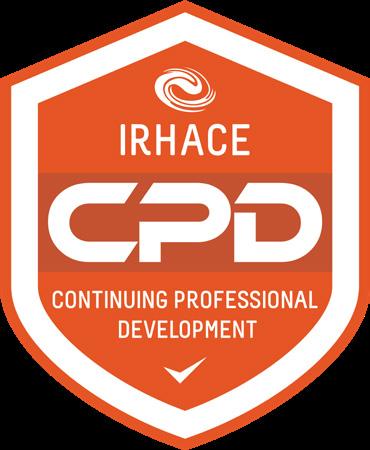
Technical Education
The Institute of Heating, Ventilation and Air Conditioning Engineers (IRHACE) started back in 1933 and in 2023 turns 90 years. Their mission is to lead the advancement of HVAC&R through industry collaboration, member networking, and technical education. Members of IRHACE all have industry qualifications of Level 4 or higher or at least ten years’ experience and five years in a position of responsibility.
In 2021, IRHACE launched the only CPD programme for the HVAC&R industry and this is being delivered jointly via the RLNZ platform. In 2022, IRHACE is working with their partners to extend the content of the platform to include other third-party providers.
WHAT ARE WE AS AN INDUSTRY DOING TO SOLVE THE PROBLEM
The industry associations with SmartTrade have developed an Ethereum based blockchain end-to-end refrigerant management solution to help mitigate the global warming impact of refrigerants. This has gone through to proof of concept and the key benefit of a blockchain solution is it will provide massively increased visibility throughout the refrigerant supply chain.
The primary goal is to manage the F-gases, the DIRECT emissions problem. It will be able to manage all refrigerant types helping to reduce the INDIRECT emissions problem, the so called “energy penalty” at the power stations.
There is going to be a raft of complementary applications to work alongside the blockchain solution. SmartForms include a HVAC&R maintenance and refrigerant and technical licensing along with workplace safety management solutions.
THE BLOCKCHAIN PROJECT
We need your business support. It could be as simple as keeping informed or you might want to give us some feedback or even get directly involved in the project. Whatever it is we would love to talk to you! Contact us

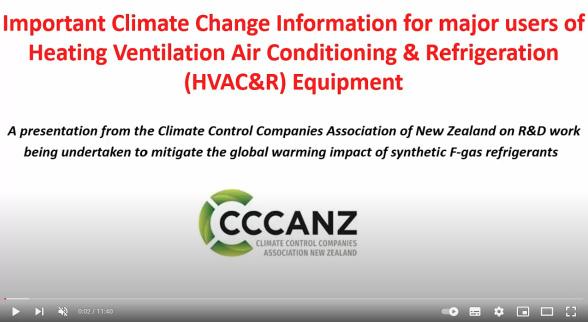

irhace.org.nz NOVEMBER 2022
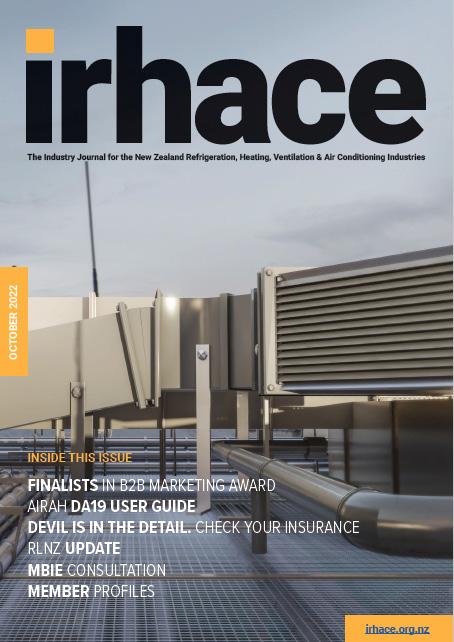
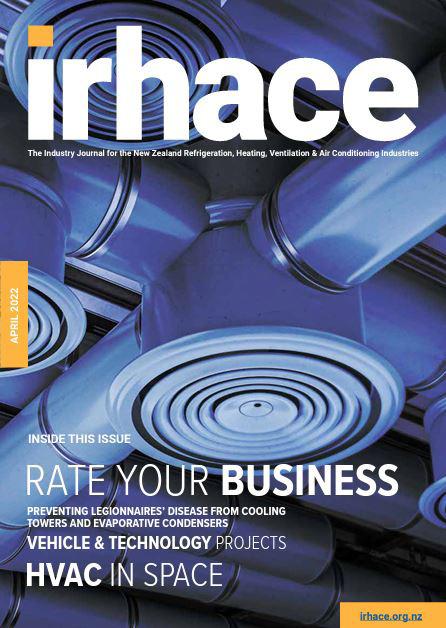
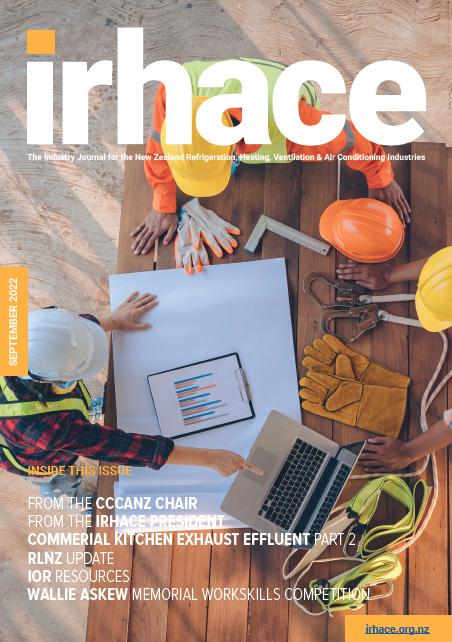


19 ADVERTISE IN THE IRHACE INDUSTRY JOURNAL Monthly publication dedicated to the HVAC&R Industry Contact us at admin@irhace.org.nz for more information. www.irhace.org.nz TAP A TRADIE ON THE SHOULDER If you can talk to your colleague or friend and get them to join IRHACE, and if they do, we will reward you with a $20 discount off your next membership subscription. Help us strengthen our membership by attracting your peers!

REGISTER NOW
RLNZ Approved filler online theory and practical assessments are open across New Zealand. If you have already registered, you should have received a link to the online theory course to get you started on your journey.
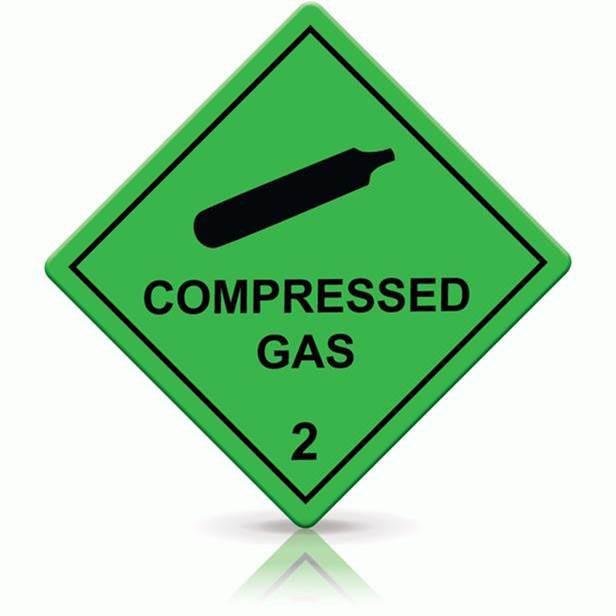

WHAT IS INVOLVED IN BECOMING A VERIFIER?
We are calling for verifiers from across New Zealand to become involved in the practical assessments. Our gold verifiers have passed their practical assessments and these people are now available to train new verifiers.
• Matt Birch – BDT (Christchurch)
• Brendan Clarkson – Clarksons Air Conditioning (Auckland)
• Gary Reily – Degree Air Conditioning (Auckland)
• Garrett Glynn – MIT (Auckland and other locations)
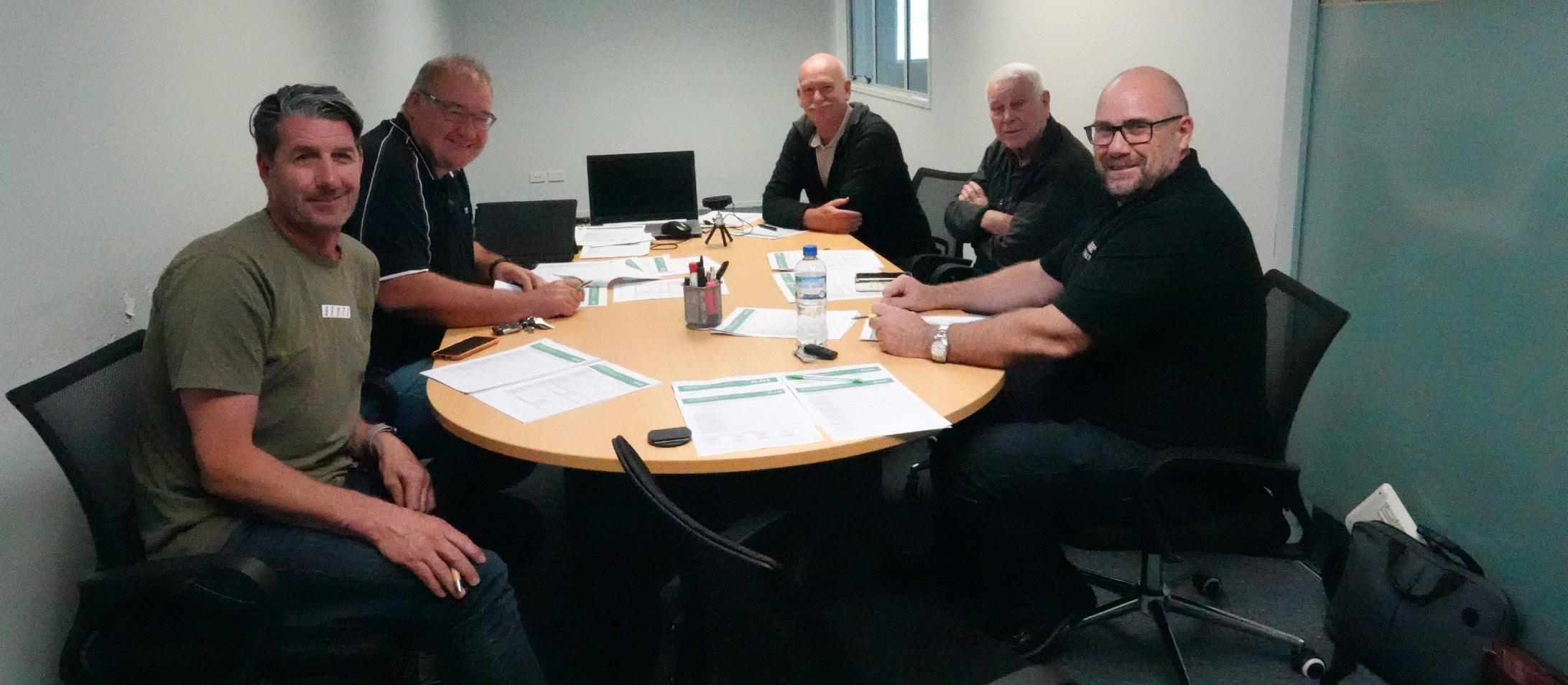
WHAT IS INVOLVED IN BECOMING A VERIFIER?
Gold verifiers (Train the Trainer) are able to train and provide instructions to other Verifiers to increase RLNZ’s network.
1. Apply to RLNZ to become a verifier
2. Pass both the A1 and A2/A2L online theory courses
3. Complete a practical assessment either remotely or F2F
4. RLNZ to approve or decline applications
5. RLNZ seeks approval from a WorkSafe Certifier.
Verifiers are able to observe and mark practical assessments within their company and potentially have a hub of organisations that they work with to provide this service. There is also the opportunity for skilled refrigeration engineers to become an independent verifier and provide practical assessments to a range of companies and locations.
irhace.org.nz NOVEMBER 2022
Photo from left: Gary Reily, Brendan Clarkson, Garrett Glynn, Mike Dubey – WorkSafe Certifier, Matt Birch.
WHAT IS THE ADVANTAGE FOR MY COMPANY TO HAVE A VERIFIER?
In larger companies and especially ones that have branches it provides you with a fast and effective method of taking all your staff through the Approved Filler Courses. Having your own verifier means you wouldn’t need to pay for the practical assessment, and this keeps your costs down. RLNZ encourages you to put through all of your staff through the courses.
If you are a smaller company or have staff that haven’t sat an Approved Filler Course before then it is more likely that an independent verifier suits your needs. RLNZ can provide you with the names of independent verifiers once your staff have completed and passed the online theory courses.

DO I HAVE TO BE IN A CERTAIN AREA TO BECOME A VERIFIER?
RLNZ would like to appoint verifiers both in the main and rural centres in New Zealand. With rising petrol prices and workloads, the more locations we can setup across New Zealand the better service we can provide the industry. However, there may be some areas where the number of verifiers is limited.
WHAT DOES IT COST?
A verifier needs to complete and pass both the A1 and A2/A2L online theory courses, practical assessment; and receive instruction and resources from a gold verifier. There is a one-off cost of $250 + GST which is paid to RLNZ and includes:
• Online theory test A1
• Online theory test A2/A2L
• Practical assessment
• RLNZ Verifier Workbook
• RLNZ Verifier Assessments and Instruction forms
• RLNZ Verifier Video
• Instruction from a Gold verifier
21
Photo from left: Mike Dubey – WorkSafe Certifier, Matt Birch, Gary Reily, Brendan Clarkson and Garrett Glynn discussing the demonstration of a practical assessment.
ENQUIRE HERE TO BECOME A VERIFIER

PADDY DURHAM
FAREWELLS NEW ZEALAND
RLNZ Trustee Paddy Durham has his sights set on Australia and he leaves New Zealand in early November with his family. Paddy has been working hard in behind the scenes for RLNZ especially providing his time and experience in technical writing and procedures. He was also the Deputy Chair of the RAC Sector Advisory Group from March 2020 to Dec 2021 and the founder/councillor of RPGNZ since its inception in Feb 2017.
Paddy and Kim Durham launched Gauge Refrigeration Management Limited in 2016 to deliver practical process safety guidance and hands-on industry training to New Zealand and International PCBU. An independent industrial refrigeration company that offers a unique set of services; impartial, unbiased ammonia safety reporting without commercial influence – technical writing of safe work procedures – emergency planning resources, and bespoke Natural refrigerant courses.
Paddy has contributed to the HVAC&R industry and his energy and extensive technical abilities particularly in ammonia will be sorely missed.
A competent well-travelled technical engineer that never stops learning!
I live and breathe Ammonia Safety - I have felt its fury and have its utmost respect.
Paddy Durham

We all wish Paddy and his family our best wishes and safe travels and we look forward to seeing you back in New Zealand.
irhace.org.nz NOVEMBER 2022
CO2







NEW DATE
IRHACE Wellington in conjunction with SCM REF New Zealand would like to invite you to a technical presentation:
An introduction to CO2 and the Transcritical Vapour Compression Cycle.
Location: Petone Football Club | Bracken Street, Petone, Lower Hutt 5012 |
Time: 5:00pm-7:00pm
Date: Thursday 17th November
Drinks and nibbles to follow.
Please RSVP to Andy Henderson to register your attendance for seating and catering purposes: andy.henderson@pattonnz.com
23
APPOINTMENTS
A regular question that comes up from members is how do I get onto a committee and who can represent IRHACE?

Under the promotion area in IRHACE member benefits it refers to “Nominations”. IRHACE Council nominates M.IRHACE members to go onto various boards, committees and groups i.e., Standards NZ.
In our Annual Report and on the IRHACE website “Industry, Representation” it shows the members that have been officially appointed by the IRHACE Council. These members represent IRHACE and provide the Council with regular feedback from their area.
The member category is granted use of post nominal letters i.e., M.IRHACE, F.IRHACE, LM.IRHACE, RM.IRHACE or RF.IRHACE.
Use of these letters doesn’t mean that they are appointed by IRHACE or that they speak on behalf of IRHACE.

irhace.org.nz NOVEMBER 2022
WHEN AND HOW DO THESE OPPORTUNITIES ARISE?
The various organisations have their own governance processes and IRHACE works with each of the entities. At different times IRHACE may be approached for a new or replacement representative when people retire, their term is completed, or a change of skillset is needed. Depending on the skills needed, IRHACE may approach M.IRHACE members who have a certain set of skills, or they may choose to call for nominations from the membership base. In most cases as these are technical appointments it will be a M.IRHACE that is appointed.
I CAN SEE IRHACE MEMBERS ON COMMITTEES AND WEBSITES ARE THEY REPRESENTING IRHACE?
IRHACE’s official appointments are on their website and listed in their Annual Report. There are cases where IRHACE has been asked to support a governance selection process i.e., WDC. Back in March 2022, Workforce Development Council (WDC) approached IRHACE and the call for expressions of interest was posted both in the Industry Journal and the IRHACE website. There are several IRHACE members on this committee but none of them have been appointed by IRHACE.
IRHACE members can promote themselves using their post nominal letters of M.IRHACE, F.IRHACE, LM.IRHACE, RM.IRHACE or RF.IRHACE. Use of these letters doesn’t mean that they are appointed or are representing IRHACE i.e., they do not speak for IRHACE.
Only the current IRHACE Council, their appointments and their Executive Officer can speak on behalf of IRHACE.
The use of the IRHACE logo is not permitted.
The industry organisations of IRHACE, CCCANZ and RLNZ regularly share information between the Boards.
Refer to the IRHACE website, irhace.org.nz for details of our submissions and appointments.

WHAT INFORMATION DOES IRHACE RECEIVE?
IRHACE obtains regular information from its appointments, updates from the entities and we are tagged into various update feeds i.e., StandardsNZ, WorkSafe, MBIE. These feeds give us information such as when different areas are being reviewed and for submissions both in New Zealand and overseas.
For example, the Incorporated Societies Act of 2022 was released in April 2022. IRHACE is tagged into feeds so that we receive updates on the Act, invited to attend webinars and events and submissions.
Sometimes the information we receive is shared further into the industry than our membership and industry organisations. This is particularly relevant when a standard or submission may affect the industry or different organisations. You will also have seen IRHACE collaborating with other organisations in such areas as submissions and a list of recent submissions is on the IRHACE website, Industry, “Submissions”.
The industry organisations of IRHACE, CCCANZ and RLNZ also regularly share information between their Boards.
WHAT DO I DO IF I WANT TO BE INVOLVED?
Contact IRHACE at admin@irhace.org.nz and tell us what areas you are interested in volunteering on.
25
TRADE PRIZE DRAW WINNERS
Thanks to PetWare Ltd for the prize packs who are New Zealand’s leading full line supplier of pet products. In August the financial members from IRHACE, CCCANZ and RPGNZ were provided with the opportunity to win a prize pack for dog or cat toys.


CONGRATULATIONS TO THE WINNERS
Congratulations to Rob Duncanson from HVAC Design (dog prize) and Richard Smith from Thermo Tech (cat prize).
IRHACE MEMBERSHIP MILESTONES
2002
20 YEARS
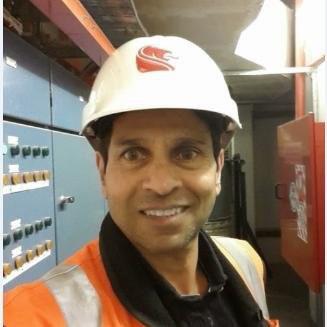
1992
30 YEARS

Klein
irhace.org.nz NOVEMBER 2022
Michael Laphen Bruce
Peter Justice
Kris Chhiba
Michael Ng Joseph Lavell
Rob and his dog Jack
Richard and his cat.

MEMBER COMPANIES
www.cccanz.org.nz
Gavin Lowe Air Conditioning Limited
https://gavinlowe.co.nz
03-3379584
Christchurch
GB Teat Ltd
https://gbteat.co.nz
07-3489061
Rotorua
Guy Refrigeration & Air Conditioning Ltd
https://guyrefrigeration.co.nz
07-5785257
Tauranga
Hartnell Cool Heat Ltd
https://www.hartnell.co.nz
03-3663952
Christchurch
Heat and Cool Air Conditioning
2021 Ltd
https://www.heatandcool.co.nz
09-8272784
Auckland
Heatwave Mechanical Services
https://www.heatwave.co.nz
09-8189666
Auckland
Heating & Controls Ltd
021-367681
Foxton
Hot Chilly Ltd
https://www.hotchilly.co.nz 04-3844247
Wellington
HVAC Depot
https://www.hvacdepot.co.nz
09-6002286
Auckland
IT Air Ltd
https://itair.co.nz
09-6341930
Auckland
27
A-Z listing of CCCANZ companies, full listing is available from

WELCOME NEW MEMBERS
We welcome our new members to both IRHACE and CCCANZ.
For IRHACE there are four membership types: M.IRHACE by Qualification, M.IRHACE by Experience, Associate and Affiliate. If you do not quality for M.IRHACE or Associate membership you are able to join as an Affiliate member.
CCCANZ has two company membership types of Member and Affiliate and membership star ts from as little as $500 annually. Affiliate Affiliate Affiliate Affiliate Affiliate Affiliate
NEW MEMBERS OCTOBER
Regan Hills
Mike Jellick
Mark Hoskin
Martin Abercrombie
Chris Green
Brent Fisher
SAD PASSING OF MARK STOCKLER
Affiliate Affiliate M.IRHACE M.IRHACE M.IRHACE
Patrick Elley
Rahul Sharma
Robin Doyle
Sean McNulty
Terry Denman
Mark Stockler was a refrigeration engineer based in Wellington and Member of IRHACE for 27 years his company Mark Stockler Refrigeration (MSR). IRHACE extends our sympathy and condolences to Mark and his family at this sad time. There is a give a little page for the Mary Potter Hospice which is a local charity that provides free-of-charge specialist palliative care across Wellington, Porirua and Kapiti. BDT has donated $1,000 to the Mary Potter Hospice as per Mark’s wishes.

irhace.org.nz NOVEMBER 2022
2022
IRHACE TECHNICAL EDUCATION 2022
Brought to you by IRHACE our Webinar Series for the HVAC&R industry. IRHACE members receive access to the online library as part of their membership.
If you have missed a previous live webinar, go the online library to view. You can still gain valuable CPD points once you have completed viewing.

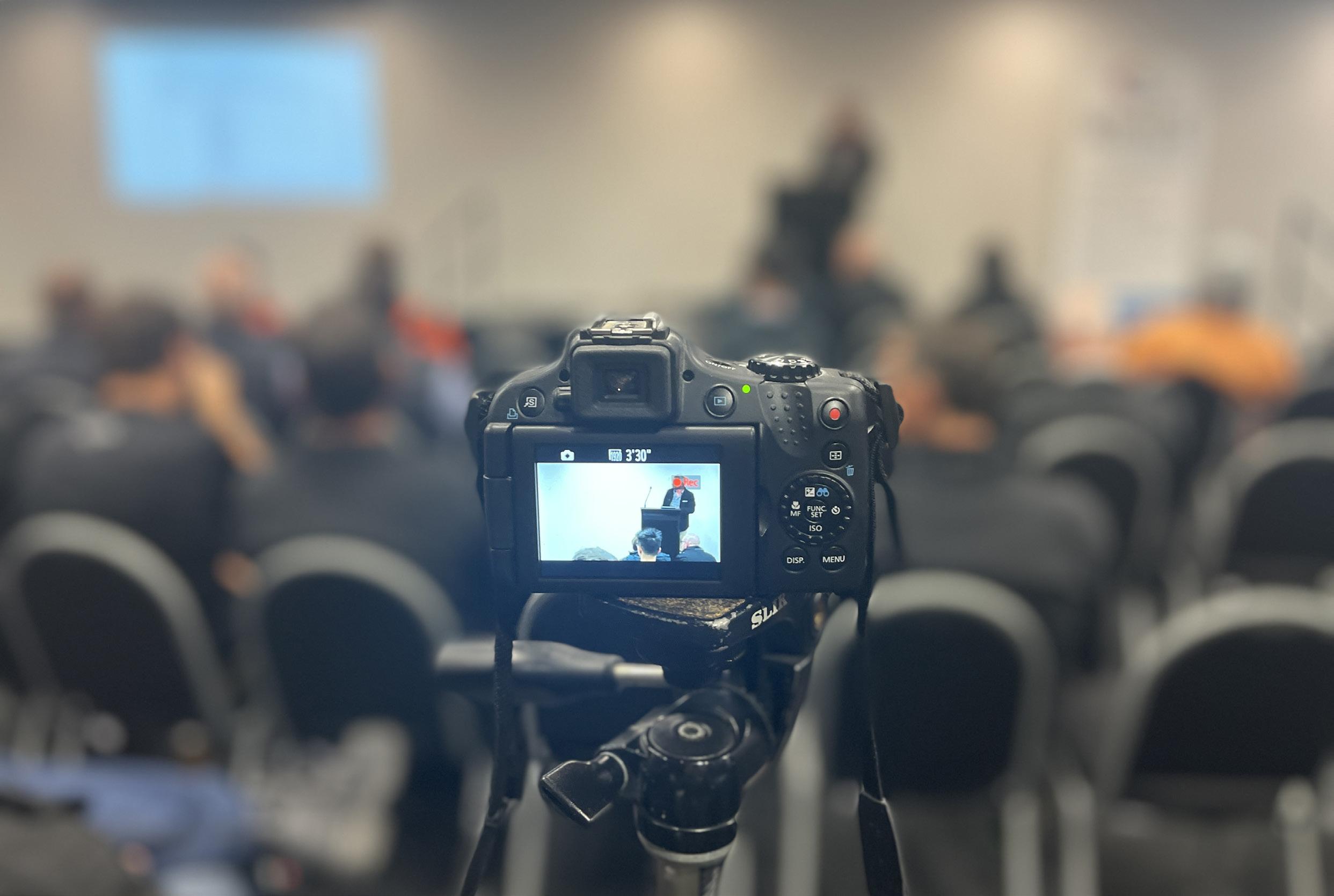
TOPICS AVAILABLE IN ONLINE LIBRARY
· Designing with Ventilation Louvres
· Expansion work recovery (EWR)
· Air Quality ventilation and Covid 19
· The application of reinforcement for vapour compression cycle control
· Flammable refrigerants in an airconditioning application
· Commercial Kitchen Exhaust Systems
IRHACE ONLINE LIBRARY LOGIN
NEW
Celebrating 90 PROJECT


Join Us!
Attend an event, learn more about our history and get involved in the IRHACE 90 Project. We look forward to celebrating with us in 2023!
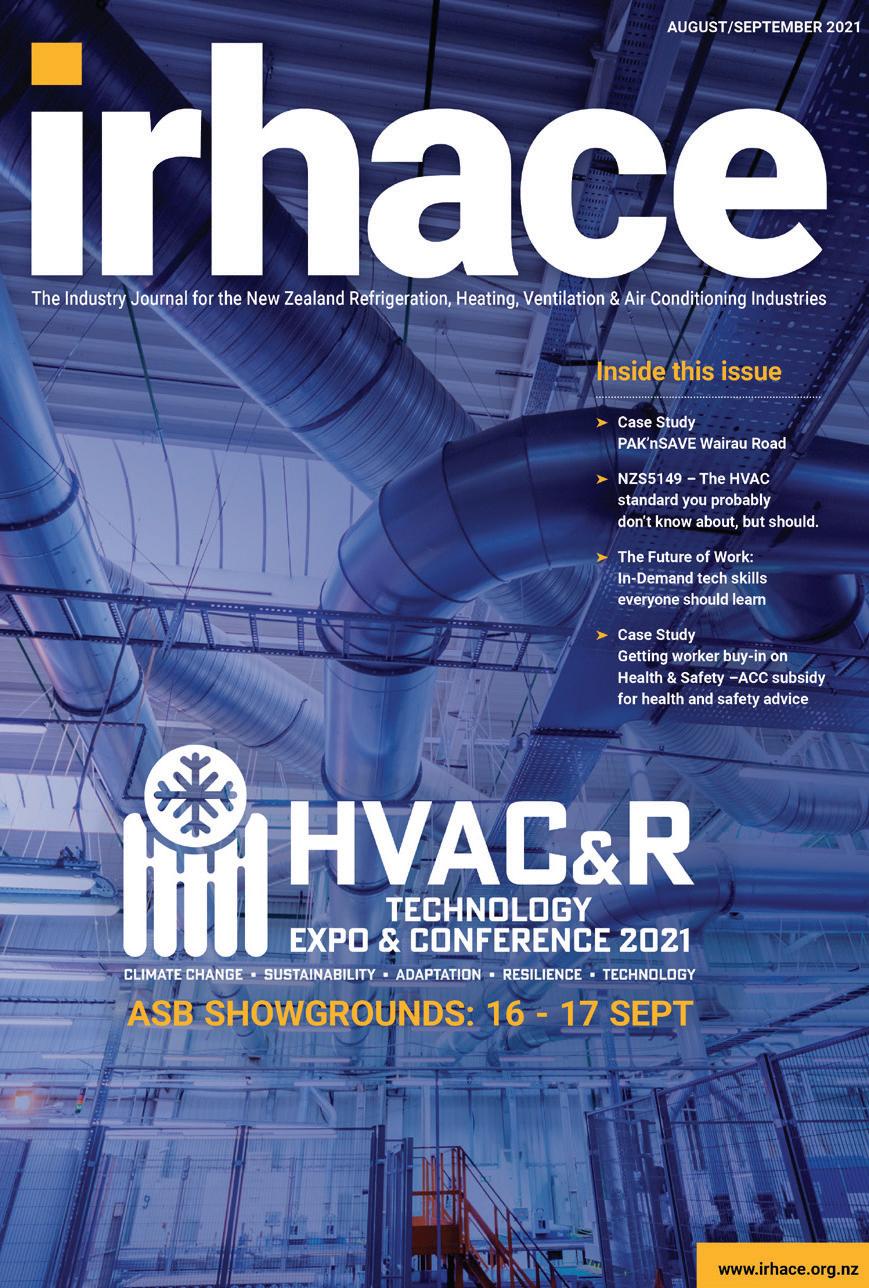


90th Anniversary celebrations
Learn more about our history
Get involved
irhace.org.nz NOVEMBER 2022












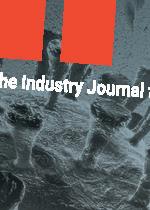










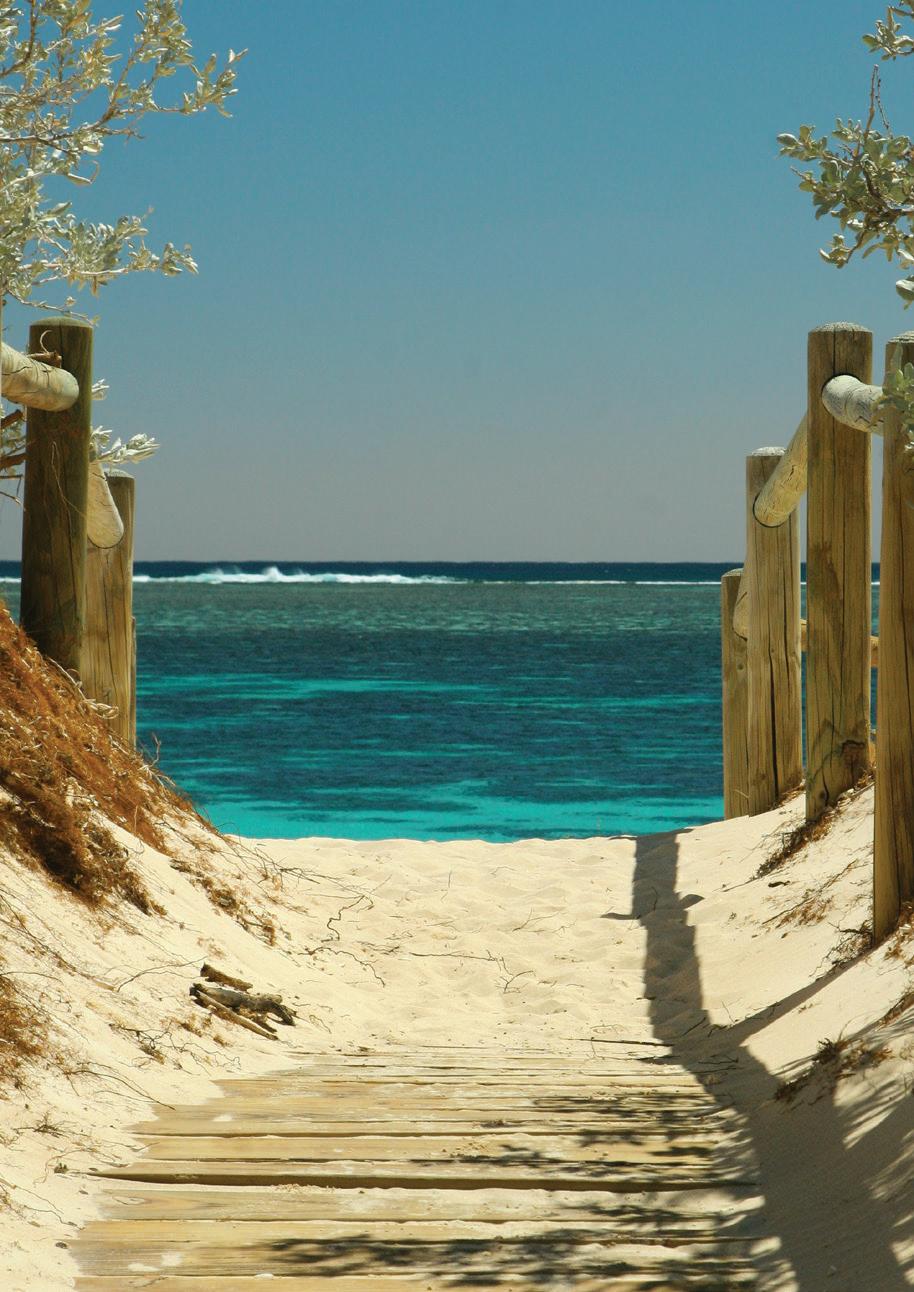






CONNECT WITH US


31
HVAC&R INDUSTRY NEWS ALL IN ONE PLACE













































































































